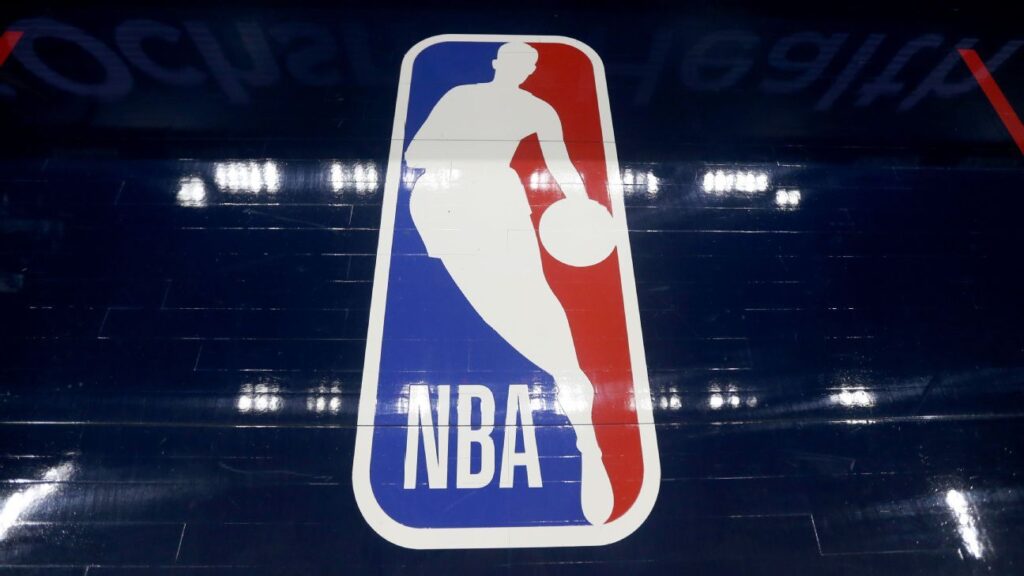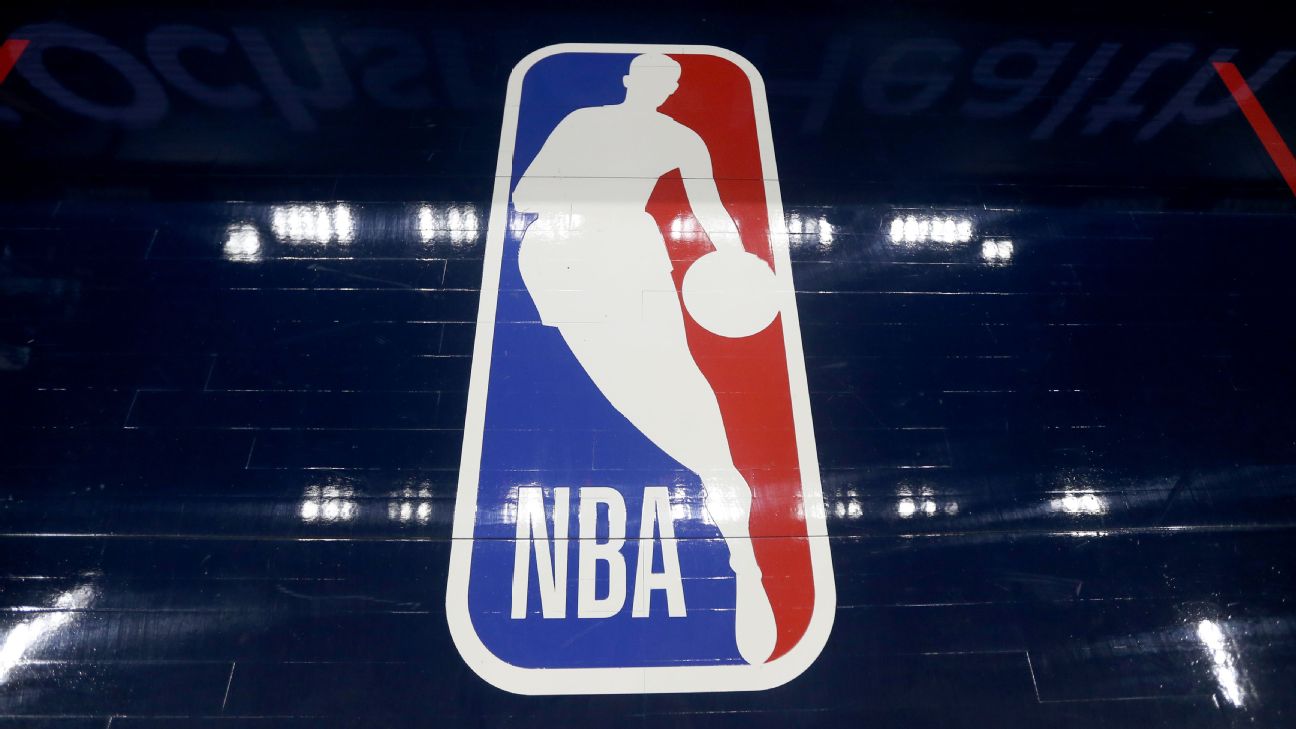Sources: Sides to extend NBA CBA opt-out date
The NBA and National Basketball Players Association are expected to extend an early opt-out deadline of Wednesday, allowing the league and…



As discussions on a new labor agreement continue, the NBA and National Basketball Players Association are expected to extend an early opt-out deadline of Wednesday, allowing the league and union to continue negotiations on a new long-term collective bargaining deal, sources told ESPN on Monday.
As the sides pursue an early labor deal, a significant part of what has allowed discussions to progress has been the NBA’s willingness to soften from its original push for an upper spending limit on team payrolls — a de facto hard cap, sources said.
The NBA’s seven-year CBA expires after the 2023-24 season, but Wednesday’s deadline — already extended from Dec. 15 — pushes back both sides’ ability to opt out of the current deal on June 30 and risk the possibility of a lockout.
The NBA’s board of governors voted Friday to give the league’s labor relations committee the approval to give notice of a June 30 opt-out on a labor deal or extend that opt-out again, sources told ESPN. The league and union’s expected decision to extend that date for a second time is rooted in the belief that there’s enough common ground in discussions to keep pursuing an early labor deal — without inviting the uncertainty that would come out of declaring an opt-out.
If the league or union opts out of the current deal effective at the start of free agency on that date, the league’s business would shut down. Trades and free agent acquisitions would cease without a new labor agreement. The risk of losing regular-season games would begin in October.
The introduction of the upper spending limit into talks had been rooted in the desire of smaller-market teams to rein in the spending of franchises such as the Golden State Warriors, LA Clippers and Brooklyn Nets, sources said. In the wake of those large-market contenders accumulating outsize payrolls and luxury tax penalties, the NBA had proposed a system that would replace the luxury tax with a hard limit that teams could not exceed to pay salaries, sources said.
The league’s upper spending limit proposal had been met with union resistance, to the point that it became clear the upper spending limit had little chance of implementation without the NBA’s willingness to endure a lockout and work stoppage, sources said. There’s no pathway to get the new union leadership — president CJ McCollum and executive director Tamika Tremaglio — to essentially accept a hard salary cap at such early stages of negotiations — if ever, sources said.
There are broader economic concerns looming for the league that are motivating factors in reaching a new labor deal in the coming weeks and months — including the potential bankruptcy of the Sinclair/Diamond Sports Regional Sports Networks, which is responsible for broadcasting 16 of the league’s teams on local deals. The longer labor talks linger, the more moderate positions among ownership can harden on financial issues and risk deeper difficulties on reaching a new labor deal.
Beyond the NBPA, there was also skepticism among smaller NBA marketplaces, which worry that an upper spending limit would fail to create the competitive parity the league is hoping to achieve, instead causing well-constructed smaller-market teams to have to break up cores of contending talent despite a willingness to enter into the luxury tax, sources said. In the system now, teams can re-sign their own players and add salary in free agency through various exceptions to exceed the salary cap. The NBA’s hard cap would’ve ended luxury tax payments shared with many smaller-market teams, requiring the league to find a new mechanism to supplement revenue sharing, sources said. For now, talks are focusing on keeping those elements of the system and finding other ways to limit the mechanisms high-spending teams use to retain and acquire talent, sources said. The union wants to create more opportunities for middle- and lower-spending teams to sign players too, sources said.
Twenty of the 30 NBA teams are currently below the luxury tax threshold of $150.3 million — with the other 10 teams projected to pay a league-record $689 million in luxury tax penalties in the 2022-23 season. Among them, 58% of that is shared among the Warriors ($176.5 million), the Clippers ($145 million) and the post Kyrie Irving-Nets ($80 million). Those three teams contributed to 73% of the luxury tax penalties in 2021-22.
Among the other top priorities in collective bargaining talks for the league, sources said:
• Finding mechanisms to incentivize top players participating in more regular-season games, which the league believes is essential competition, and maximizing the league’s looming media rights deals.
• Working on a “smoothing” plan to incrementally add in the windfall escalation of revenue in the league’s looming media deal, which would avoid a repeat of the cap spike in 2016 that disproportionately rewarded one class of free agents and selected teams.
• To end the “one-and-done” early entry rule and allow 18-year-old high school players back into the NBA draft.
ESPN’s Bobby Marks contributed to this report.




